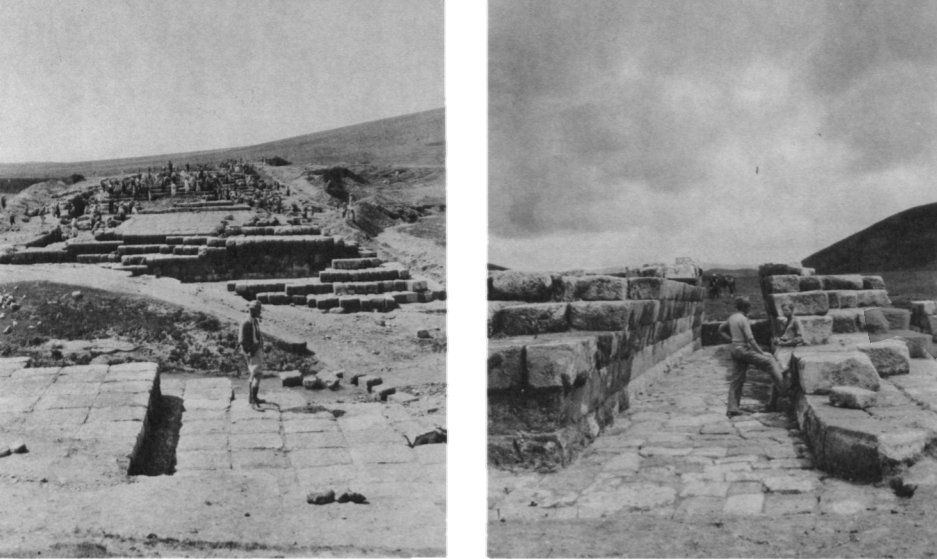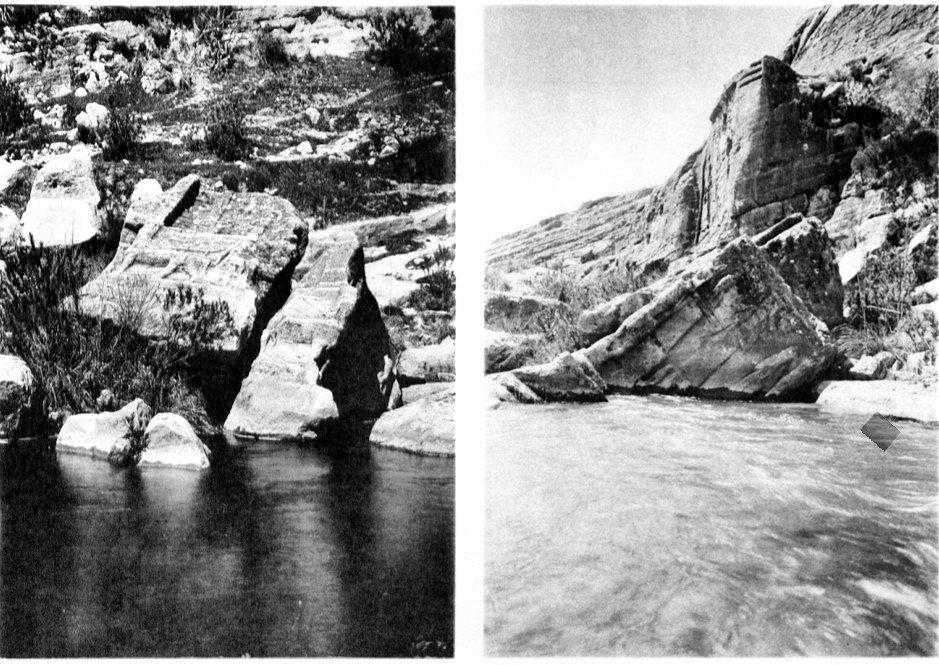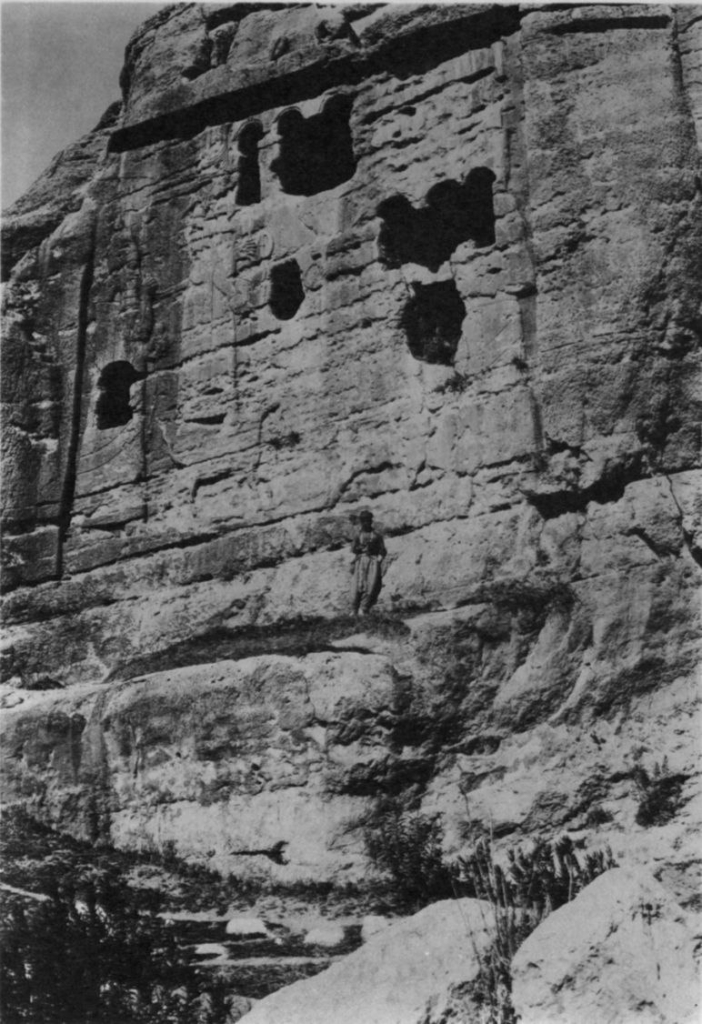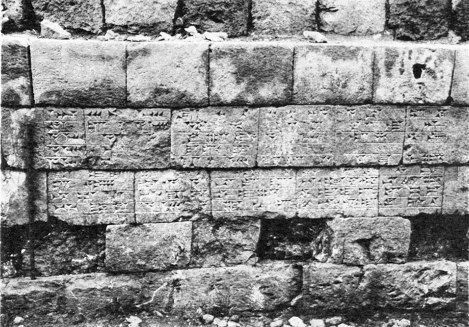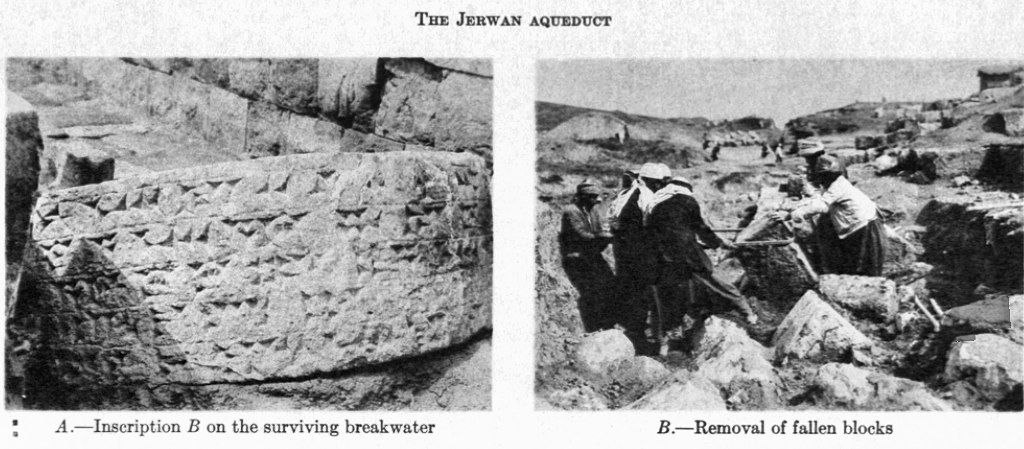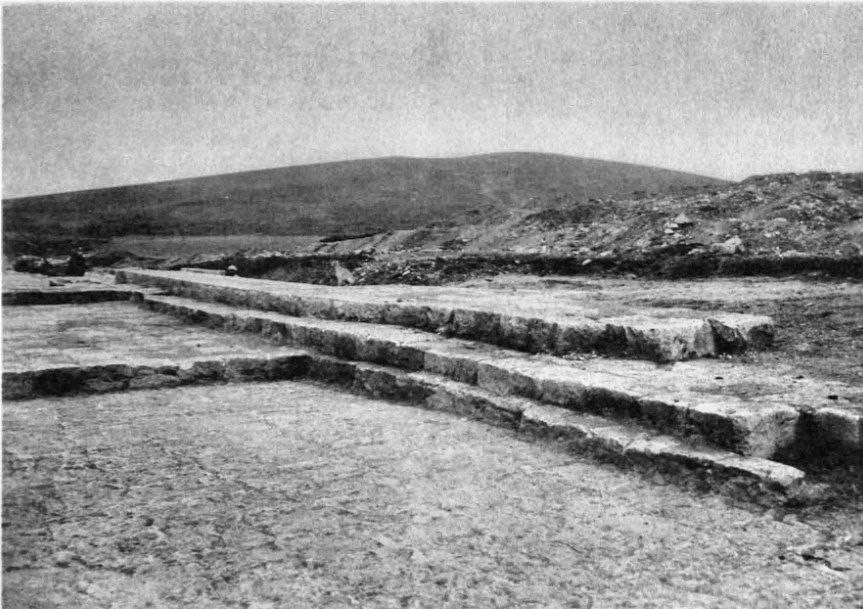Khinnis is an Assyrian archaeological site, also known as Bavian, its neighbouring village) in Duhok Governorate in the Kurdistan Region of Iraq. It is notable for its rock reliefs, built by king Sennacherib around 690 BC.
During the reign of Sennacherib (705–681 BC), Khinnis was built in order to “celebrate the construction of a complex system of canals whose aim was to supply the capital of the empire, Nineveh, and its hinterland with water”, according to the World Monuments Fund. The reliefs face the River Gomel River, and an inscription records the construction of a hydraulic system built by Sennacherib. The construction of the monument therefore had a propagandistic purpose for the Assyrian king.[2] Austin Henry Layard was the first Western scholar to describe the site in 1853. Layard stated that Khinnis had been discovered by Simon Rouet, the French consul in Mosul.The rock reliefs and tombs at Khinnis are noted by the Duhok Governorate’s website to be “the finest ancient rock carvings in the Badinan Region According to Langendorfer (2012), the site’s Great Relief is “the largest single Assyrian sculpture in existence, which depicts a pair of gods attended by the duplicated figure of the Assyrian king”




